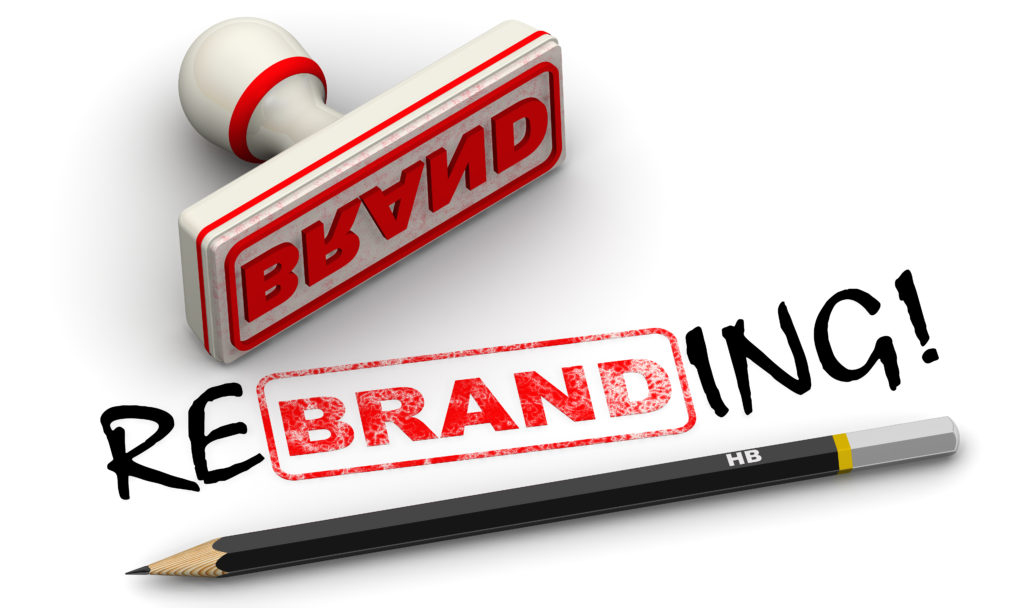The run-up to Super Bowl XLVI has definitely begun. And every year the pre-game show ( the ad-fest that leads up to Sunday) seems to get longer.
Now, the Super Bowl has never been known for cutting-edge advertising creative. The challenge is to go big, go broad, and generate chatter. And it’s the early buzz that helps justify the jaw-dropping $3.5 million per spot. Here’s a hint about 2012: cars and dogs are still big.
But the loudest noise seems to be around the commercials designed to evoke fond memories of years gone by. Call it the Nostalgia Bowl. Downy fabric softener, of all brands, is reprising the Mean Joe Greene ad that Coke made famous in 1979, with a twist. (Ordinarily this would be shameless plagiarism, but the aged Joe and the incomparable Amy Sedaris make it surprisingly fresh.)
Then there’s Seinfeld and Jay Leno fighting over an Acura, complete with the Soup Nazi thrown into the sentimental stew. Not bad, actually.
But the PR winner has to be Ferris Bueller. When Honda released a preview version of its “Matthew’s Day Off,” the ad featuring Matthew Broderick playing hooky to ride in a CR-V, Twitter went crazy. The tweets were so fast and furious that they sparked a little backlash. And there’s plenty to pick on here. A minivan isn’t the sexiest car, and some have accused Broderick of selling out his character in doing something they insist the youthful Ferris would never do.
So it may not be a perfect marketing vehicle. But the spot has racked up four million free views on one YouTube channel alone. It’s the clear front-runner five full days before kickoff, and the dozen or so “Easter eggs” – hidden references to the iconic 1980s film – probably guarantee further mileage for Honda.
What’s even more refreshing is that Bueller and other entertaining spots have crowded out the GoDaddy girls and the “banned ad” also-rans, for once. The tired PR gimmick of claiming an ad has been banned or rejected by the network and posting it online is still in evidence this year, most notably in a spot put out by dating site TheBigandThe Beautiful. It claims the sexy commercial it submitted was rejected by NBC due to bias against women of size.
But so far the hijackers have had slim pickings. Honda’s Bueller isn’t a Ferrari (either literally or creatively) but it is a crowd-pleaser. Which for Super Bowl Sunday, may be just what the doctor ordered.


